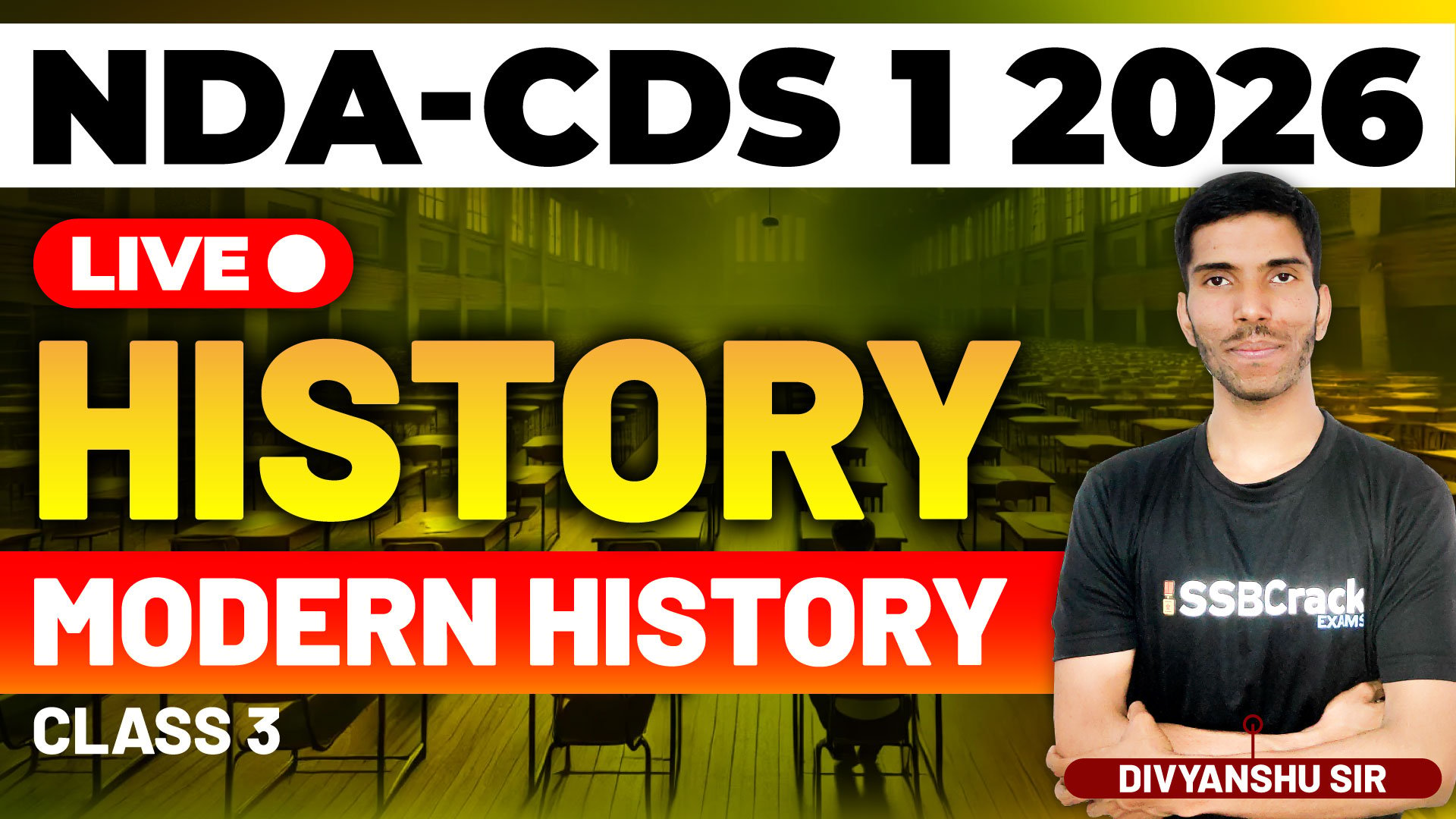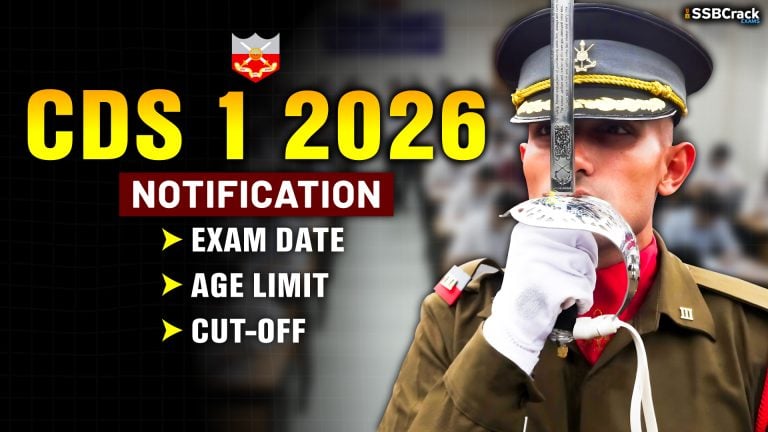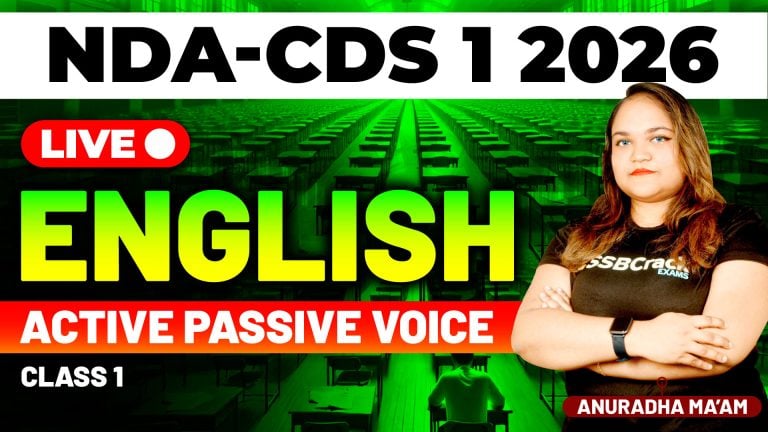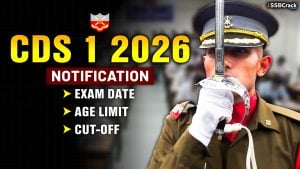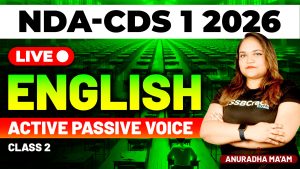The story of India’s freedom struggle is deeply connected with the rise and evolution of the Indian National Congress (INC). From its founding in 1885 to playing a decisive role in achieving independence in 1947, the INC became the central platform for political dialogue, mass mobilisation, and national awakening.
NDA & CDS 1 2026 Exam History – Modern History – Class 3
Formation of the Indian National Congress
The INC was established on 28 December 1885 at Gokuldas Tejpal Sanskrit College, Bombay. It was founded by A.O. Hume, a retired British civil servant, with support from Indian leaders like Dadabhai Naoroji and Womesh Chandra Bonnerjee. Its initial objective was to create a platform where educated Indians could express their political concerns and seek reforms from the British administration.
Early Goals of INC
- Promote national unity among Indians
- Train Indians in political awareness
- Seek constitutional reforms
- Provide a forum for dialogue between Indians and British officials
In the beginning, the INC adopted a cautious approach, believing that moderate petitions and discussions could bring gradual change.
Phases of the Indian National Movement
The Indian freedom struggle can broadly be divided into three major phases, each with its own leadership style and strategies.
1. Moderate Phase (1885–1905)
Moderates used constitutional and peaceful methods to influence British policies.
Major Leaders
- Dadabhai Naoroji
- Gopal Krishna Gokhale
- Pherozeshah Mehta
- Surendranath Banerjee
Methods
- Petitions
- Resolutions
- Meetings and speeches
- Demand for Indianization of services
- Focus on economic critique of British rule (Drain of Wealth Theory)
Achievements
- Expansion of political consciousness
- Exposure of economic exploitation
- Participation of Indians in councils (after the Indian Councils Act, 1892)
But the moderate approach could not satisfy the rising nationalistic feelings among the youth.
2. Extremist Phase (1905–1919)
Growing dissatisfaction after Partition of Bengal (1905) gave rise to a more assertive phase led by young nationalists.
Major Leaders
- Bal Gangadhar Tilak
- Bipin Chandra Pal
- Lala Lajpat Rai
(Collectively known as Lal-Bal-Pal)
Methods
- Swadeshi and Boycott
- National education
- Passive resistance
- Use of newspapers for mass awakening
Key Events
- Swadeshi Movement
- Surat Split (1907) — moderates and extremists parted ways
- Home Rule Movement (1916) led by Tilak & Annie Besant
- Lucknow Pact (1916) between INC and Muslim League
The extremist movement energized national patriotism and prepared the ground for mass movements under Gandhi.
3. Gandhian Era (1919–1947)
Mahatma Gandhi brought a new dimension to India’s freedom struggle by introducing non-violent mass mobilisation.
Key Principles
- Non-Cooperation
- Satyagraha
- Civil Disobedience
- Truth and Non-violence
Major Movements
a) Non-Cooperation Movement (1920–22)
Launched after the Jallianwala Bagh massacre and Khilafat issue.
People boycotted British goods, schools, courts, and titles.
Ended after the Chauri Chaura incident.
b) Civil Disobedience Movement (1930–34)
Started with Gandhi’s Dandi March to break the Salt Law.
Focused on refusal to obey unjust British laws.
c) Quit India Movement (1942)
Launched during World War II demanding immediate British withdrawal.
Slogan: “Do or Die.”
It was the most intense nationwide rebellion leading to the weakening of British authority.
Role of INC in Achieving Independence
- Provided national leadership for over six decades
- Unified diverse groups — peasants, workers, students, women
- Negotiated with British through Round Table Conferences
- Formed provincial ministries in 1937 under the Government of India Act, 1935
- Continued pressure through constitutional and mass movements
Finally, the prolonged struggle led to the Indian Independence Act of 1947, ending nearly 200 years of British rule.
Conclusion
The Indian National Congress evolved from a moderate debating forum to a powerful mass organisation leading India’s greatest political transformation. Through various phases—Moderate, Extremist, and Gandhian—it mobilised millions, challenged colonial authority, and paved the way for a free and united India. The Indian National Movements stand as a testament to the collective courage, unity, and determination of the Indian people.
